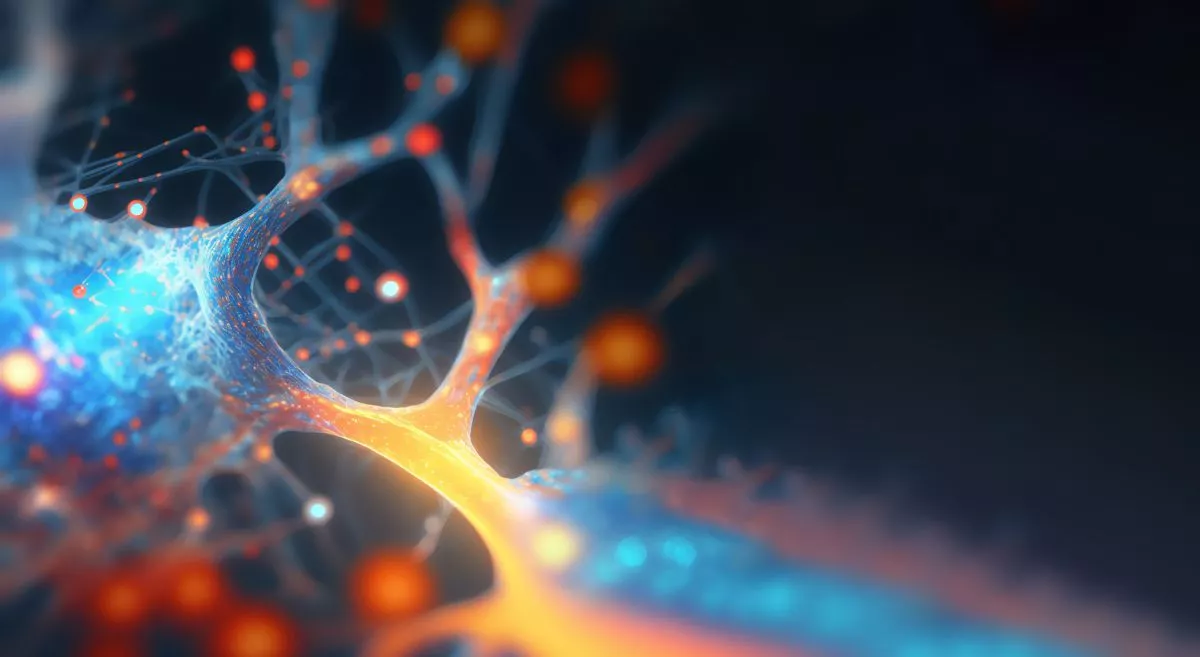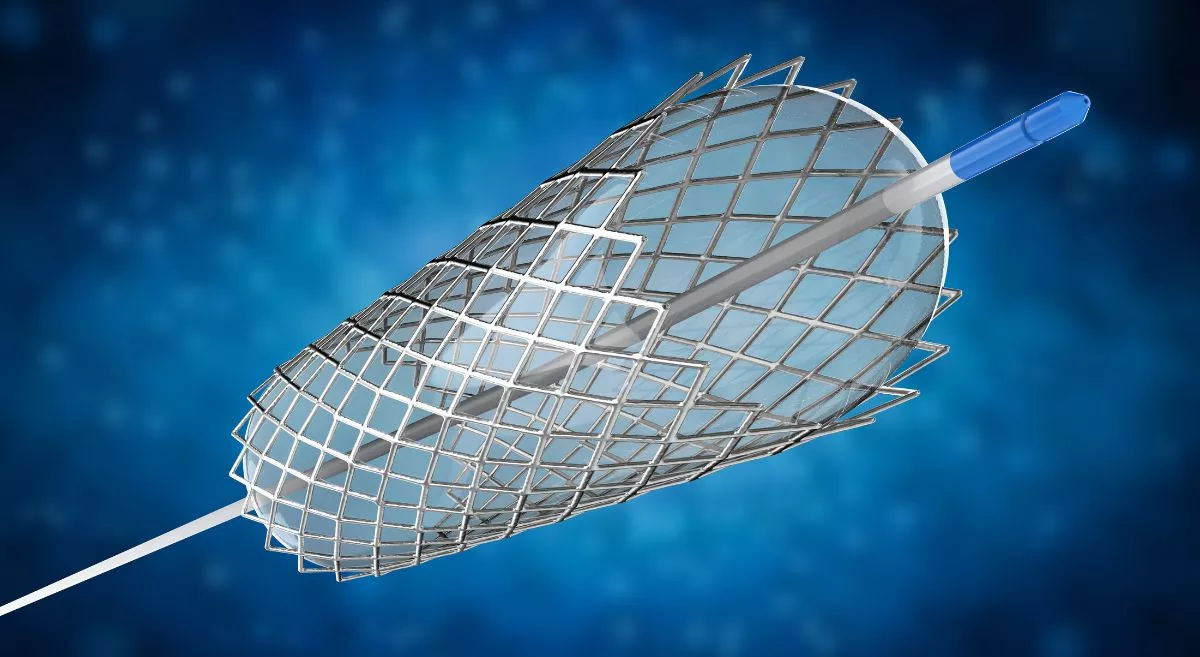The term “Plastic Surgery” originated from the Greek term “plasticos” which means to mould. It is a new specialty in the medical field. Its modern version originated in the early 1900’s in England. Sir Harold Gillies, a New Zealand surgeon who immigrated to England is acknowledged as the father of modern plastic surgery. Having said this, Sushrutha the ancient Indian surgeon who lived around 600BC formulated & popularized various techniques of Plastic surgery, some of which are practiced even today!!!!
The quest for incomparable beauty and eternal youth is as old as man itself. This is much more relevant today with the embracement of western standards and culture. Thus the Aim of Cosmetic Surgery is twofold
1. To regain youthful features lost by ravages of time &
2. To restore features lost by Trauma, Malignancy or Congenital problems.
The problem is that surgery of any kind will leave scars or marks of its own. Surgery CANNOT be done without residual scars. The only issue is how fine the resultant scar is going to be. It goes without saying that scars created by a plastic surgeon will be finer and better looking than that produced by other surgical specialties.
Obviously the surgical correction has to be achieved without leaving behind noticeable scars. Also the trick is to achieve the desired result without leaving behind an operated or unnatural look. So the basic Principle of cosmetic surgery is to achieve maximum surgical correction employing -
No scars
Minimal scars
Aesthetically placed scars
Scars placed in hidden sites
To achieve a natural look
A question that is commonly asked is where can cosmetic surgery be done? The answer is very simple – It can be done all over the body – “From head to toe”.
For obvious reasons face is the commonest are where cosmetic procedures are done. Other popular sites are Breasts, Abdomen, thighs, Buttock etc. There are a few areas or procedures which are done very commonly and a few procedures which are done infrequently
The commonly done procedures are
Face
Brow lift – Wrinkles and lines on the forehead
Face lift – Wrinkles and sagging of the facial skin
Laser / Chemical peel – Fine wrinkles and blemishes of facial skin
Dermabrasion - Acne scars and wrinkles of facial skin
Blepharoplasty – Upper and lower Eyelids
Rhinoplasty – Nose
Otoplasty – Ear
Mentoplasty – Chin
Neck
Breast
Augmentation
Reduction
Reconstruction
Gynaecomastia
Abdomen - Abdominoplasty
Liposuction - All over the body
Less commonly done procedures are
Face
Surgery for baldness - Flaps,Hair Transplant
Eyebrow lift, Reconstruction
Malar Augmentation
Fat Injection, Filers, Botox Injections
Buttock – Reduction, Augmentation
Arm – Brachioplasty, Prosthetic Augmentation
Thigh – Reduction
Calf – Augmentation, Reduction
Now we will have a look at a few common procedures in more detail
FACE LIFT
This is a procedure which is very popular in the west and now becoming increasingly popular in our country. The wrinkled lax & sagged skin on the face caused by old age is corrected by this procedure producing an apparent reduction of about 10 – 20 years. This is achieved through a relatively long but very well camouflaged incision, which starts from inside the hairline in the temple runs down in front / inside the ear curving behind the ear lobule into the hair behind the ear. In addition to correcting the facial skin laxity it tightens the muscles of the face as well as the loose skin and fat under the chin.
RHINOPLASTY
By changing the size (Increasing or Decreasing) of the bones and the cartilages which constitute the nose or by changing their interrelationship or position, the size of the nose can be increased or decreased, narrowed or widened, bends if any can be corrected or the aperture of the nostrils can be changed. All this is achieved through incisions placed mainly inside the nose.
OTOPLASTY
Large ears commonly known as “Bat ears or Elephant ears” to absent ears known as “Microtia” and any variations I between can be corrected by incisions placed mainly behind the ear. If the whole ear needs to be reconstructed one may need to borrow a part of the rib from the chest.
GYAECOMASTIA
Oversized male breasts can be reduced through very small unnoticeable scars placed at the junction of areola (Dark skin) and normal skin. Alternatively if the excess tissue is composed entirely of fat it can be reduced by liposuction done through “Key Hole’ technique.
BREAST AUGMENTATION
Size of the breasts has become an important factor in modern society due to the adoption of western style of tight dresses. Small sized breasts can be made larger by inserting an appropriately sized silicone gel under the breast. This is achieved through a small incision placed exactly in the inframammary crease to make it inconspicuous or through a small scar in the armpit. This does not affect lactation, breast feeding or cause breast cancer.
BREAST REDUCTION
Large sized breasts are not a cosmetic problem alone but can be a major physical handicap causing inferiority complex, back pain, bra straps to cut into the shoulder, excessive sweating and excoriations under the breasts etc Breast reduction removes the excess skin, breast tissue & fat reducing the size of the breast to normal proportions as well as elevating the nipple areola complex to a youthful elevated position.
BREAST RECOSTRUCTION
Mastectomy (Removal of the entire breast) is one of the treatment options for Breast cancer. Using plastic surgery techniques aesthetic looking breasts can be reconstructed in a variety of ways. This can be done at the time of mastectomy or later after the treatment of breast cancer has been completed. This can be achieved by various techniques using tissue from the tummy or from the back.
ABDOMINOPLASTY (Tummy Tuck)
Over weight, increasing age, multiple pregnancies, abdominal surgeries etc can cause the tummy to sag, umbilicus to descend and hang down loosely. Tummy tuck removes the excess skin & fat, tightens the lax abdominal muscles, repositions the descended umbilicus and recreates a taut flat youthful looking tummy. All this is achieved at the cost of a scar placed at the normally existing crease below the tummy which looks like an extended caesarian section scar.
LIPOSUCTION
Liposuction gives best results when used to manage areas of excess fat deposits without skin excess or laxity. Such fat deposits are commonly found in areas like chin, neck, arms, back, waist, hips, thighs, buttocks etc Liposuction melts and then sucks the fat out of the body leaving the skin to re drape and get rid of the unsightly bulges But if there is concomitant laxity / sagging of skin liposuction alone is not sufficient but will require excision of skin as well.
HAIR RESTORATION SURGERY
This is to manage baldness especially at a young age. Normally humans lose 100 – 150 hairs every day. Due to familial / hereditary influences, hormonal imbalances, burns, accidents etc loss of hair becomes unbalanced and leads to baldness. Hair follicles are harvested from areas not affected by baldness and transplanted to the bald areas. Another option is to reduce the area of baldness by excising the skin (Scalp Reduction) Depending on the number of hair follicles transplanted the technique is classified into Macro, Micro, follicular unit graft. More than one sitting may be needed to achieve the required density.
BROW LIFT
This is commonly done endoscopically (Key hole) Through small keyholes in the hair bearing scalp using an endoscope the descended eyebrows are elevated and wrinkles and frown lines on the forehead are eliminated.
Featured Blogs
One Aster
Personalized Medical Assistant for all your healthcare needs.
Book instant appointment, pay securely, eConsult with our doctors and save all your health records at one place are some of the benefits of OneAster App. It is everything you need, to manage your family Health.
* Registration available only for valid Indian mobile number





